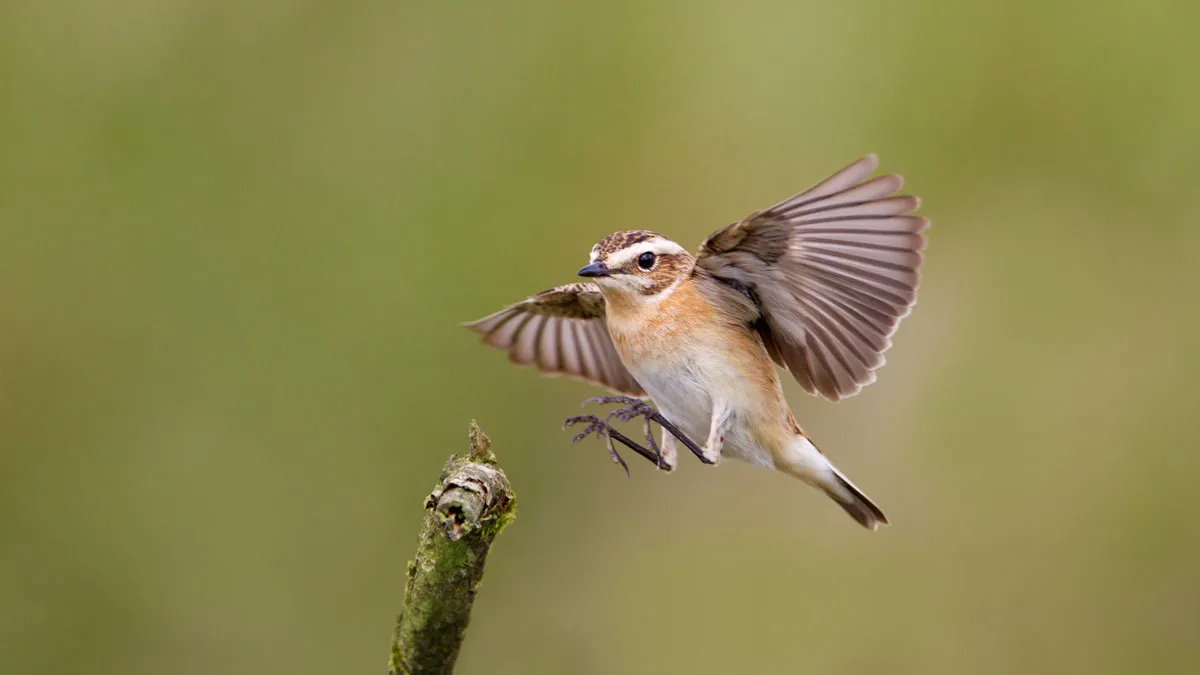Citation

Overview
This study in the Scottish uplands shows that cessation of grazing which results in more uniform tall ground vegetation leads to Whinchats breeding at higher elevations. Whinchats prefer ground vegetation with a varied structure and these changes result in them heading to higher ground where the environment can prove to be too harsh for them.
In more detail
Fieldwork was principally undertaken by James Bray, Susan Holloran, Chris Murray, Chris Wernham and the authors. We are grateful to the Woodland Trust and Tillhill Forestry for allowing us to work in the study areas. The study was funded by the J & JR Wilson Trust and the AEB Trust with specific analyses supported through a sponsored double-marathon run by Jenni Border.
Abstract
Capsule: The distribution of breeding Whinchat shifted uphill following cessation of grazing potentially further compromising them through additional squeezing of suitable habitat and environmental niches.
Aims: To assess whether breeding territories occupied by a conservation-priority grassland bird followed different changes in sward structure associated with environmental exposure following cessation of grazing.
Methods: Whinchat territories and breeding success were monitored at upland study sites in Scotland during a period of habitat transformation from livestock grazed grassland to young woodland with herbivores excluded.
Results: After grazing was excluded, there was an upwards elevational shift of breeding attempts (by 43 m in 7 years at one site) and successful breeding at higher elevations. While the study sites were grazed, breeding attempts were more successful at lower elevations and warmer aspects. Despite poor breeding success at lower elevations where taller, denser vegetation restricts available foraging habitat, such areas continued to be occupied by territorial Whinchats.
Conclusions: The conservation of grassland birds within afforestation schemes could be supported by maintaining some open habitats at suitable elevations. However wider conservation of grassland birds, including within forested and also pastoral high nature value farmed landscapes would benefit from improved understanding of the mechanisms operating within these dynamically changing habitats.
